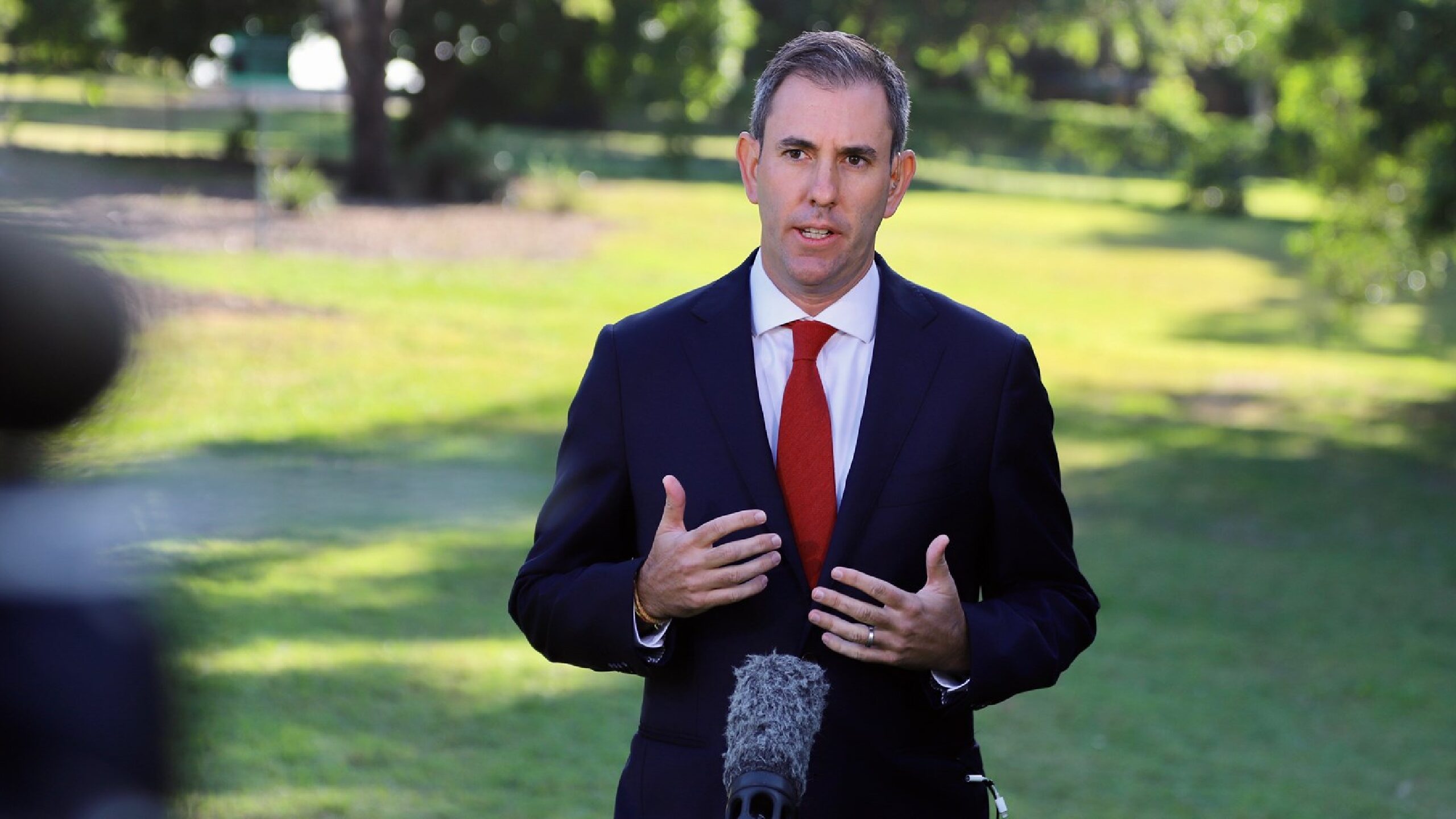US economy trapped in wage-price spiral, threatening ongoing stagflation
For those expecting US inflation to fall back to the Fed’s target over the coming months, BCA’s chief emerging market strategist warns of a much bleaker outlook whereby the US economy remains stuck in a persistent high-inflation loop with labour demand outstripping supply by a wide margin.
Arthur Budaghyan, chief emerging market strategist at BCA Research, recently presented to clients his view on the major themes shaping the US and Chinese economies and how investors can position portfolios to take advantage of this opportunity.
Budaghyan (pictured) believes the US is entering a period of slow economic growth and a high unemployment accompanied by inflation, raising concerns of a prolonged loop whereby inflation leads to higher wage growth and fuels even higher inflation.
“It’s controversial but in my opinion, it’s already happening,” Budaghyan warned. “The US is already experiencing wage price spiral, which means unless the unemployment rate rises meaningfully or the US moves into recession, US core inflation will not go below 3.5 to 4 per cent.”
“I don’t think there is any chance of the Fed bringing down core inflation to 2 per cent without having a meaning economic downturn with a contraction in corporate profits.”
According to Budaghyan, China’s economy is facing deflationary risks as demand shrinks due to the combined impact of its property debt crisis and ongoing Covid lockdowns.
“Chinese economic recovery is not imminent but rather facing deflationary risks. When a country is facing deflationary risks the right thing to do, is to reduce interest rates allowing the country’s currency to depreciate,” Budaghyan explained.
“On the other hand, the US is experiencing inflation. When a country has inflation, it’s the right policy to bring up interest rates and allow the currency to appreciate.
“That’s why I think this move in RMB / USD is not over,” he continued. “There is further downside in RMB and upside to the US dollar still.”
A third theme Budaghyan highlights is that global trade and manufacturing is on the cusp of contracting. Global economic output shrank for a second straight month in September while manufacturing was hit by rising prices, weakening demand and deteriorating trade.
“Global trade and manufacturing will contract over the next couple of months. That contraction will be extended well into 2023.”
Opportunities to capitalise on these themes
Whilst taking a cautiously optimistic approach, Budaghyan believes a buying opportunity exists in global and emerging market risk assets. But not yet.
“A buying opportunity in global and [emerging markets] risk assets will emerge once US Treasury yields roll over decisively, and the US dollar needs to go down before we upgrade emerging markets,” Budaghyan said.
“And finally, I am looking for larger stimulus from China. Even though this sell-off is quite advanced, there is more downside to come.”
Outlook for inflation
According to Budaghyan, the US Fed and the market are on a collision course due to the Fed’s hawkishness. Despite falling energy and food prices, US inflation is still fundamentally caused by demand outstripping supply.
“US inflation is broad-based and persistent and is not about oil or food prices,” Budaghyan said. “The key variable driving core inflation is wages. We have a super tight US labor market where demand outstrips supply by the widest margin ever. It is hitting its widest gap since the 50’s.
“When demand outstrips supply in any industry, prices tend to rise. And that’s what we’re witnessing.”
Budaghyan’s message could be seen as a wake up call to those under the impression that US inflation will fall back to the Fed’s 2 per cent level over the coming months. According to Budaghyan, it’s going to take a lot more to get it down to these levels.
“Median wage growth is somewhere between 6 to 6.5 per cent. Core and trimmed inflation are also around 6.5 to 7 per cent. Even though inflation may start falling in the coming months, it will still be well above 2 per cent,” Budaghyan noted.
“It’s simply not possible for inflation to fall from 6.5 to 7 per cent to 2 per cent out right because the Fed has committed to bringing inflation to 2.0 per cent,” he said. “Don’t expect an imminent reversal from the Fed. It will take much more pain from financial markets and much larger tightening in financial conditions in the US, to bring down inflation to these desired levels.”










